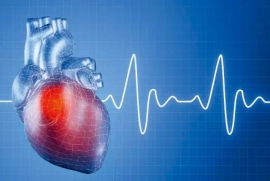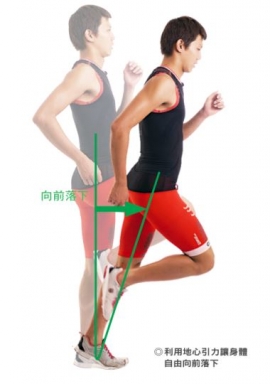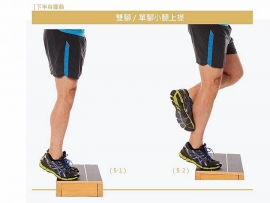■ 目的– 核心肌群训练的介绍
(INTRODUCTION TO CORE TRAINING)
The objective of core training is to uniformly strengthen the deep and superfiial muscles that stabilize, align, and move the trunk of the body, especially the abdominals and muscles of the back. Historically, physical therapists prescribed core exercises for patients with low-back problems, and more recently core training has become popular among athletes to help improve sports performance.
(核心训练的目的是一致的强化位在深层与浅层用来稳定、对齐及移动身体躯干的肌肉群,特别指的是腹部及背部肌群。从过去的历史来看,物理治疗师利用核心肌群的训练来治疗患有下背疼痛的病人,而近年来,核心训练也开始流行于运动员的训练,改善运动的表现。)
■ 定义– 核心肌群(Core Musculature)
The core is defined by the structures that make up the lumbo-pelvic-hip complex (LPHC), including the lumbar spine, the pelvic girdle,
abdomen, and the hip joint. The core is where the body’s center of gravity is located and where all movement originates. A strong and efficient core is
necessary for maintaining proper muscle balance throughout the entire human movement system (kinetic chain).(以结构的角度定义核心,核心是由腰椎、骨盆、髋关节复合结构所组成,缩写为LPHC,包括了腰嵴、骨盆带、腹部及髋关节。核心位在身体的重心、所有动作启始的地方。在所有人体动作系统中(动力鍊),强壮而有效的核心对于维持肌肉的平衡是不可缺少的。)
The core musculature has been divided into the local stabilization system, global stabilization system, and the movement system. To maintain core stability, neuromuscular control of the local and global stabilization systems and the movement system is required, ensuring sequential coordinated.
(核心肌肉被分成三个部份:局部稳定系统、全面稳定系统及动作系统。为了维持核心稳定度,局部及全部稳定系统与动作系统的神经控制是是需要,确保顺序的协调。)
核心被分成三个部份,细节的部份,请参考书上,山姆伯伯直接抓Summary的部份来介绍:
The local core stabilizers are muscles that attach directly to the vertebrae. These muscles help provide support from vertebra to vertebra.
(局部核心稳定肌直接附着在椎骨上的肌肉,他们提供给椎骨支撑。)
The global stabilizers are muscles that attach from the pelvis to the spine. These muscles act to transfer loads between the upper extremities and lower extremities and provide stability between the pelvis and spine.
(全面核心稳定肌附着在骨盆至嵴椎的部份,他们将负荷在上肢与下肢间进行转移,并且提供骨盆与嵴椎的间的稳定。)
The movement system includes muscles that attach the spine and/or pelvis to the extremities. These muscles are primarily responsible for concentric force production and eccentric deceleration during dynamic activities.
(动作系统包括附着在嵴椎/骨盆至四肢的肌肉,在动态的活动过程,他们在主要负责向心力的产生及离力的减速。)
Collectively, these systems work from the inside out (local stabilization system ® global stabilization system ® movement system). If the core’s movement system musculature is strong and the stabilization systems are weak, the human movement system senses imbalance and forces are not transferred or used properly. This all may result in compensation, synergistic dominance, and inefficient movements.
( 这些系统的运作是由内而外(局部、全面至动作系统),若核心动作系统的肌肉是强壮,而稳定系统的肌肉是无力,人体动作系统是感到失衡,而且力量无法被适当的进行转移。这也许会导致代偿、协同肌主配效应及没有效率的动作。)
有听过二、三种核心肌群的说法,但我想只是文字“定义”与“观点”上的不同,重点还是在于实际的将训练贯注到训练者身上,满足训练者的需求并且帮助达成目标。
文章来源:山姆伯伯工作坊




